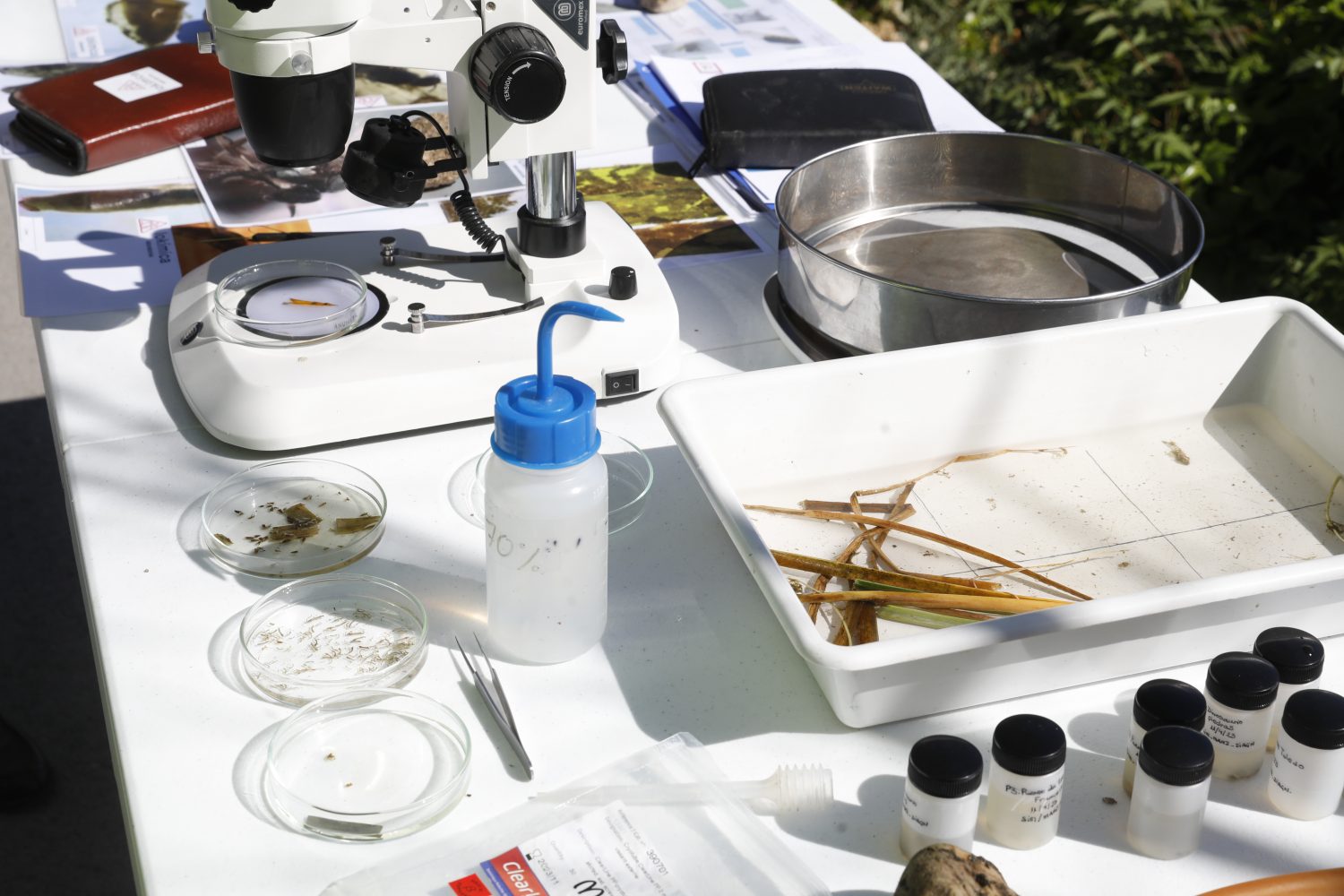The black fly is already here. Its sting (rather bite because it cuts the skin with saw jaws) is quite painful and in many cases requires going to the doctor to alleviate the consequences. For this reason, the Madrid City Council has advanced this year the campaign against this insect due to the fact that the high temperatures have arrived earlier than expected.
In this exercise, the Consistory has planned to carry out a dozen treatments in the Manzanares river and its margins (where the main colonies are established with the aim of minimizing the presence of this annoying insect. During the campaign carried out in 2022, the general effectiveness of the applications “was highly satisfactory, estimated at an average value of 90, 33%″, they explain from the Environment Area.
Since 2019, the Madrid City Council has been acting to stop the rise of this diptera in the river, carrying out two types of work: clearing of existing vegetation in contact with water and disinsection treatments that, depending on the weather conditions, take place from the beginning of spring until the month of October.
Morphologically, these insects are analogous to a tiny fly, with a size ranging between 3 and 5 millimeters. Their natural habitat is usually near running water courses, where they breed and where they more aggressively attack mammals and birds that are in the area. For a correct development of their larvae, they look for waters that are in good environmental conditions and with an abundance of their own vegetation, that are highly oxygenated and with a lot of organic matter in suspension. They reject the contamination of the waters and, therefore, spread more easily through those rivers that have improved their quality. In the case of the Manzanares river, its presence was detected for the first time in 2017.
To avoid the reproduction of the black fly, treatments of fumigation in larvae aimed at reducing their presence. They consist of the application of a biological biocide with insecticidal action composed of microorganisms specifically pathogenic for these insects. It is applied directly by spraying the product on the sheet of water and acts by dragging in the localized section of the river.
The work area includes the course and surroundings of the Manzanares river in its urban section, from the residential area of the Fuencarral-El Pardo district, to the limit of the municipal area of Madrid, in the districts of Villaverde and Villa de Vallecas. The larvicidal product will be applied in five areas: that of the Capuchin bridge or El Pardo dam; the area of the Puerta de Hierro Sports Club, on Playa de Madrid; in the surroundings of the Bridge of the French; in Dam 9, the old pier of the Rowing Club, and in the area of the Caja Mágica.
The dangerous ones are the adult female flies, since they need blood to cause egg laying. Actually, these flies do not bite but, in a similar way to horseflies, “bite”, generating in any case a painful lesion. The bites are mainly diurnal, although more likely at dawn and dusk. Insects generally do not enter homes, so when they appear, the problems tend to focus on the outdoor environment, gardens and public spaces near rivers.
The fly does not bite through clothing. They usually affect the legs below the knees., although they can also occur in other uncovered areas. They produce relatively immediate reactions. Before biting, it may be common to observe how they approach and begin to hover annoyingly near the mouth, nostrils, etc.

In certain areas of the world, in regions of Africa and Central and South America, some species of black fly are considered a major public health problem, since they transmit pathogenic germs. However, in Europe in general and in Spain in particular, these insects are not considered vectors, since do not inoculate parasites or other infectious agentss.
However, their bites can be very annoying and can prevent outdoor activities. In years in which the birth of insects is high, they can cause health problems in a significant percentage of the population. In people allergic to the sting, in addition to being painful, it can cause discomfort and fever, demanding medical attention in these cases. Between 2015 and 2018, its bite caused 301,053 people from Madrid had to be attended by the health services of the Community of Madrid.

